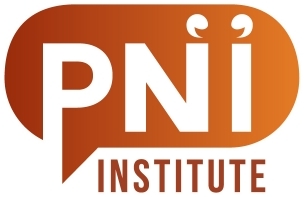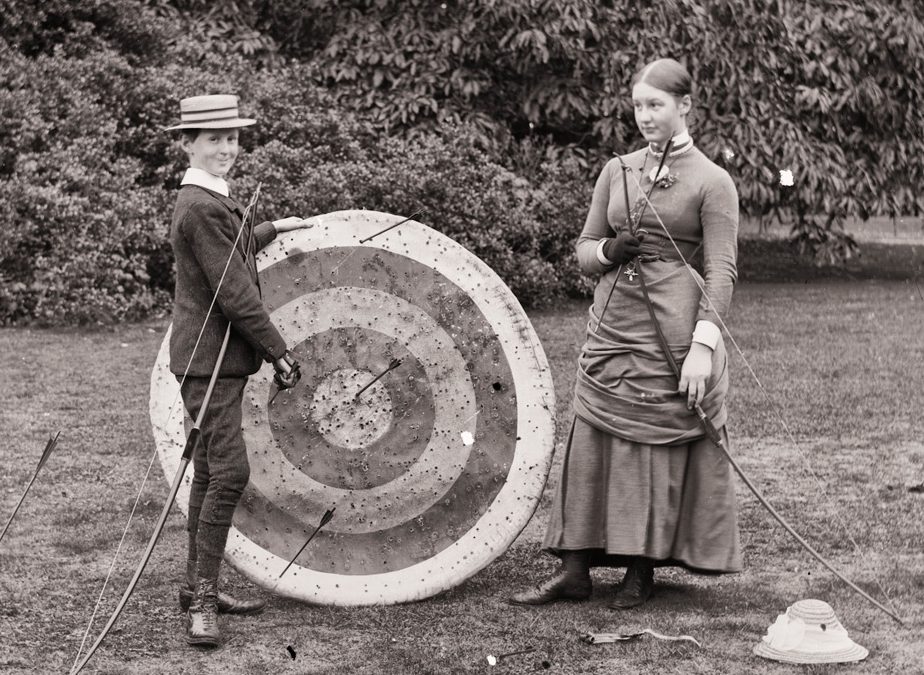On our next PNI Institute call on April 14, we will discuss diversity in PNI (what is and is not PNI). See the sidebar on the right for details on the next calls.
On the last call on March 10, we talked about diversity in PNI projects. The major themes in our discussion were as follows.
First we talked about two kinds of diversity in PNI projects: diversity in the people being listened to and the topics being talked about; and diversity in how projects play out, as in, what gets done with the stories. We found that we were most interested in talking about diversity in how projects play out. This led us to talking about diversity in PNI itself, as an approach, in what constitutes PNI.
Somebody said they had found (in talking to people) that some people want PNI to have a firm definition and firm boundaries (this is PNI; this is not PNI), while others want PNI to have fuzzy boundaries (this is sort-of PNI, this is kind-of-not PNI). It seems that some people respect PNI more with a firm boundary and some respect it more with a loose boundary.
An example (somebody brought up) is that in PNI we ask questions about stories. Is that a must-have or a nice-to have? We agreed that it’s a must-have, but the form in which questions are asked about stories can vary. People can answer questions about stories on a form, but if they are using stories in a group exercise, that’s also “asking questions about stories,” only in a less literal and more metaphorical way.
Then we started talking about how it might be useful to work out some kind of a diagram PNI elements that are in five categories:
- Must have – if you don’t do this you’re not doing PNI
- Nice to have – you don’t have to do this to do PNI, but it’s a nice option
- Okay if not dominant – you can do this and call it PNI, but if it takes over, it’s not PNI anymore
- Beyond the pale – one drop of this makes it not PNI
- Damaging – when this happens it’s not really outside PNI; it’s more like it breaks PNI
Then we started listing things in each category. The goal that emerged from the discussion was to define the point at which the PNI “balloon” breaks – the point where you can go just up to and still have it be PNI. Here’s what we have so far.
Must have:
- Raw stories, not performances, and/or some form of raw questioning or interpretation of stories. Either the stories or the interpretations have to be raw and personal. (The interpretations alone being personal covers the situation where people react to stories they did not tell, such as stories from newspapers. That can still be a valid PNI project, because something about the stories is still raw and personal.)
- Multiple perspectives. If all the perspectives are the same it is not PNI. There has to be some kind of diversity represented, even if it’s a dozen people in a room. PNI does not explore unified stories or unified points of view.
- Some form of collective sensemaking or emergence or inquiry that creates new insights. If stories are exchanged, for example, with no result other than that people feel more connected, it is story sharing, but it is not PNI.
Nice to have:
- Full participation in every part of the project. There must be some participation (because otherwise the stories could not be raw and multi-perspective), but complete participation of everyone in everything is optional. It’s nice when it happens, but when it doesn’t happen it can still be called PNI.
- Numbers and graphs and computers. PNI can include quantitative work, but it is not a requirement. Some people in a room sharing stories – as long as they are doing something with them – can still be PNI. Graphs and patterns sometimes add more depth to a project, but these things are not required.
- Emotional depth. This is important in some PNI projects, but if people share only a little of what has happened to them it can still be PNI. A project that collects relatively trivial anecdotes over the web about toothpaste can still be PNI.
- Complex, multi-stage projects. A PNI project can iterate through a pilot project and several repetitions, during which it gets more and more defined; but it can also be much simpler and seat-of-the-pants.
Okay if not dominant:
- Expert interpretation. This can be included in a PNI project, but only if it complements rather than replaces interpretation by participants in the project.
- Story polishing. Crafting compelling, beautiful stories for performance, using multimedia for example, can be part of a project, but only if it complements rather than replaces what real people are doing with raw, personal stories.
- Analysis. Conclusions drawn from expert research on collected stories or other data can play a part in PNI, but only if the results of such analysis are subordinate to the sensemaking process.
Beyond the pale:
- Propaganda; branding; persuasion with stories. PNI is about getting stories to where they need to go, not changing behavior with stories.
- Collecting “success” or only positive stories. PNI defends the right of participants to choose which stories they need and want to tell. Without the freedom to choose there can be no sensemaking and no true inquiry.
- Lies about what will be done with stories, who will see them, why they are being collected, and so on. All PNI projects are transparent about what they are doing and why.
Damaging:
- Blind questioning, or asking questions without any grounding in the reality of the people who will be participating in the project, damages PNI. There must be some groundwork done up front to understand the participants and the topic.
- Boiling stories down instead of up – that is, hiding or ignoring inconvenient or unpleasant stories people needed to tell, damages PNI. PNI is about respecting the voice of the people, so PNI works with whatever people choose to say, even if it’s not what people want to hear.
- Pretend participation. Saying that PNI is participatory, and then not giving people permission or opportunities to actually participate, damages PNI. A PNI project that puts up barriers to the participation of interested people will not succeed.
Those are the lists we came up with so far. We had such a fascinating time discussing all this that we decided to work on the topic again next month, with the goal of distilling all of this down to a nice clean diagram we could use on various web sites to show people what PNI is and is not. Interesting stuff, right?
On our next PNI Institute call we will discuss diversity in PNI (what is and is not PNI). April’s call will be about PNI and labels (how the terms we use – and don’t use – influence success in PNI). After April we will inaugurate our every-other-call reading group, where we will read and discuss excerpts from seminal papers about stories in organizations and communities and society that form the foundation of PNI. Watch this space for announcements of excerpts to read.
- Date Friday April 14 (it’s always the second Friday of the month)
- Topic Diversity in PNI projects (what is and is not PNI)
- Time California 7 00 New York 10 00 London 15 00 Amsterdam 16 00 South Africa 17 00 Melbourne 02 00 (Saturday)
- Place Please follow this link to join the Zoom meeting.

